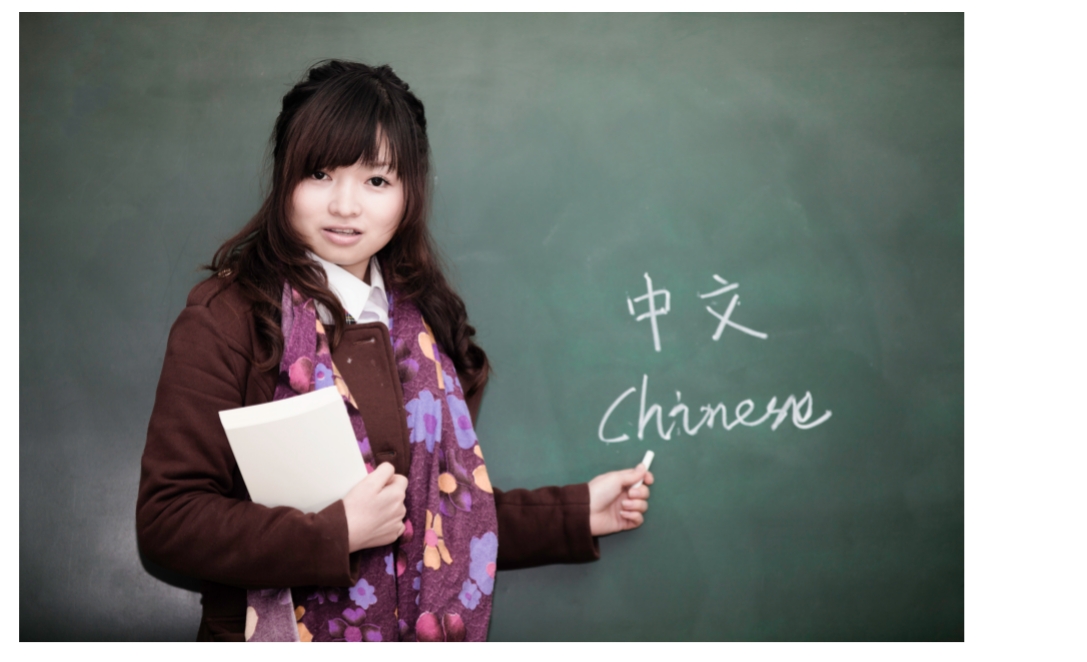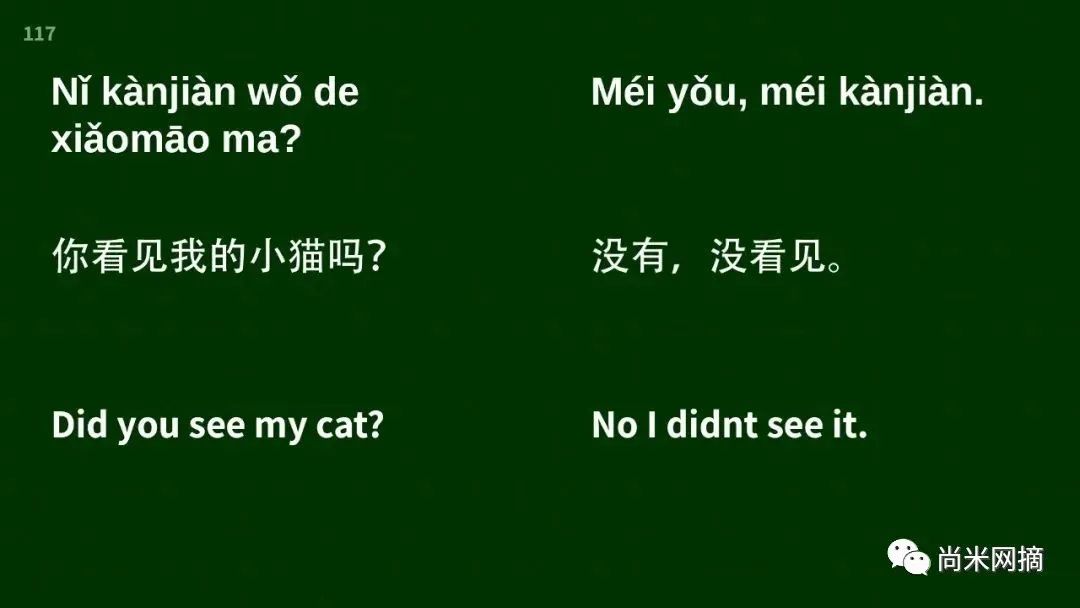
Duke College | McEducation

Chinese – Speaking and Listening

About Course
This course is suitable for children who have some basic knowledge of Chinese and English is their first language
Course content:
Pinyin + Literacy Course:
Learn how to write and read Pinyin.
Effect: Can read, spell, and write, cultivate children’s interest in literacy, teach them how to read, and cultivate their literacy ability.
Speaking and Listening: Can understand the meaning expressed in Chinese, learn Chinese ways of thinking, express one’s thoughts fluently in Chinese Reading
Comprehension Course: Can read and understand fairy tales, news events, etc. Effect: Chinese language sense, Chinese thinking Ability improvement, classic ancient poems, idiom stories, traditional cultural knowledge, etc.,
Effect: Chinese cultural connotation, Chinese cultural literacy improvement
Beginners: able to read simple short texts correctly, perform elementary reading and see pictures and speak
Intermediate: Able to read independently, relate to the context, perceive the thoughts of articles, understand basic rhetorical devices, accumulate good words and sentences, accumulate literary knowledge, be able to write coherent and coherent paragraphs, be able to tell and understand what they have seen and heard, and express them clearly point of view, to understand the classic images and literary characteristics in famous works
Advanced: Extensive reading of classic literature of different subjects, appreciating the rhetorical devices and ideological value of the articles, able to give fluent and logical keynote speeches, write longer compositions, flexibly use a variety of writing styles, and express true feelings
Intermediate: Speaking and Listening

